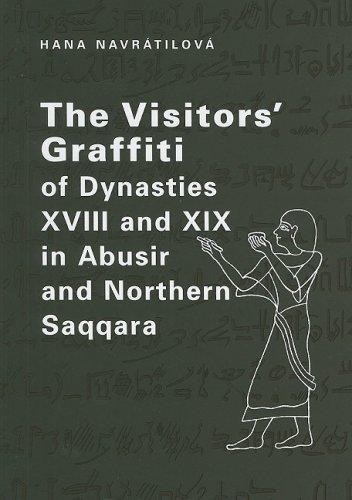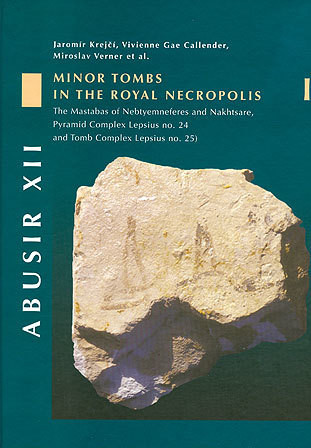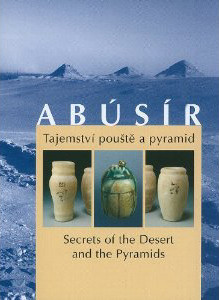
The Czech Institute of Egyptology was founded in 1958, as a successor to the Egyptological Seminar at the Faculty of Arts of the Charles University in Prague. Its founding father was Frantisek Lexa, an expert in Late Egyptian writing. The first fieldwork undertaken by the new Institute in the 1960s was in Nubia, where Prague Egyptologists took an active part in the rescue of Nubian sites and artefacts from dam construction. The Nubian series of Institute publications, published mainly in the 1970s and 1980s, are particularly important as they are the sole record of sites that are no longer accessible to researchers. The Institute started work at its most famous excavation site, Abusir, just after beginning its Nubian campaign. Abusir, the northernmost part of the Saqqara necropolis, has produced an unexpected richness of material, including a royal cemetery of 5th Dynasty pyramids, a Necropolis of officials dating from the 4th to 6th Dynasties, and Saite-Persian shaft tombs. The excavations are still continuing, with only a few months break every year during the intense heat of the summer months. Studies at the Abusir necropolis are making huge contributions to our knowledge of the society and culture of the Memphite region. Recently, a new area has been added to the Czech archaeological permit area - a zone in Western desert, in the area of Hayez, Bahariya oasis, and work is starting there. A range of archaeological works at the site are published in the Abusir series, which now extends to number VII. The archaeological reports on Abusir are not the only part of their publishing activities – these include also broader syntheses and future plans include a special series devoted to the heritage of Ancient and Islamic Egypt. A short series will also report on the Hayez expedition. Future plans also include a dissertation series. The future looks bright for Czech Egyptology, now celebrating over 50 years of scholarship. The recent merging of the Institute with the National Centre for Egyptology has brought the financial and scholarly resources of the discipline together and, in the next few years, it is hoped that the program of publications will become ever larger and more prestigious.















